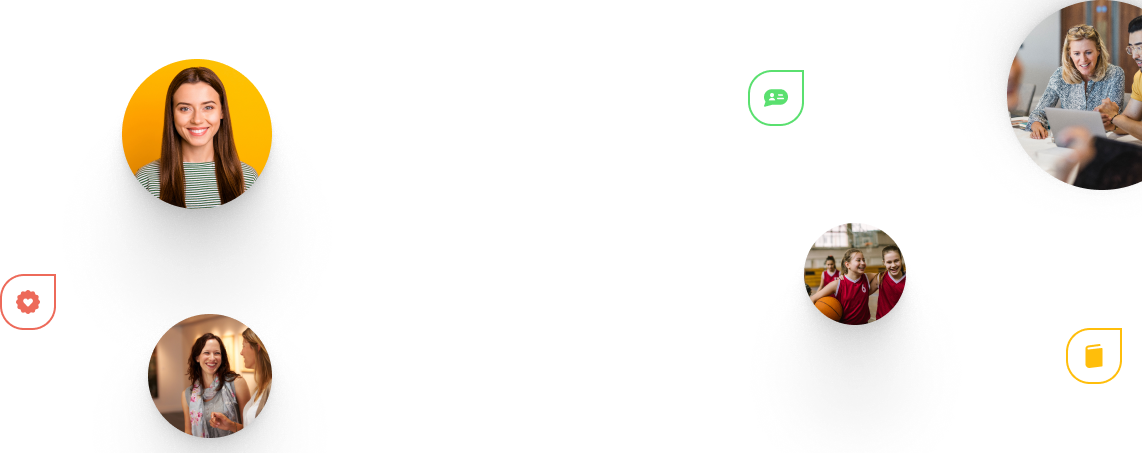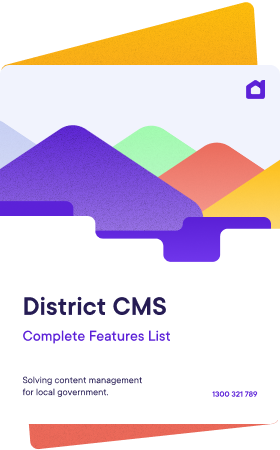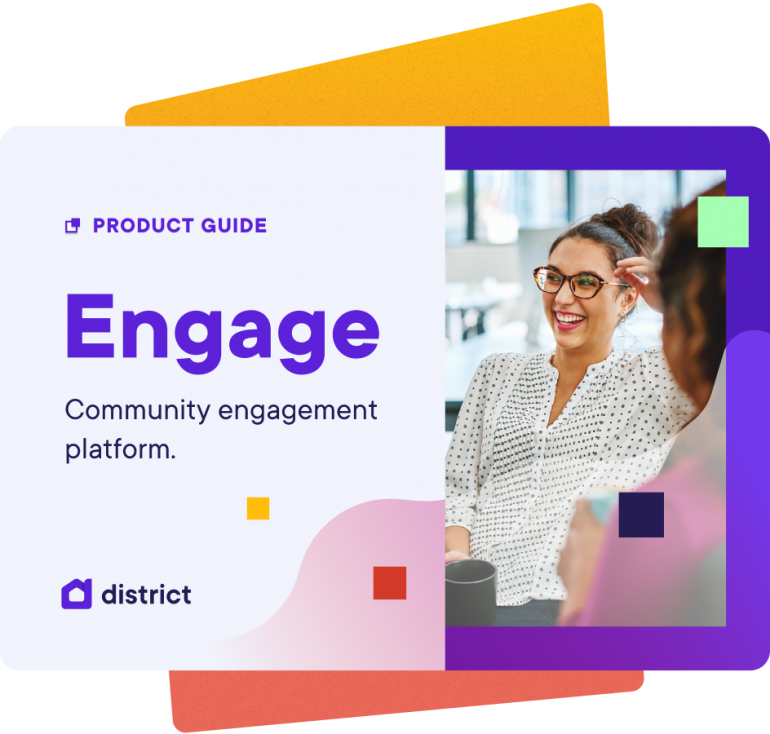Actionable Steps to Boost Engagement
Looking at your reporting dashboards will only get you so far. What is really needed is to transform that information into actionable steps to boost engagement.
That’s why it’s important to take a step back, evaluate the effectiveness of your community engagement project and make any necessary changes in order to boost engagement. After all, it’s not just about better metrics. Ultimately it’s about getting valuable community insights that will underpin important project and policy design.
Metrics for measuring community engagement campaigns
As part of a digital engagement project, your reporting tools will generally collect and deliver data on the following metrics:
- Participation rates
- Inclusion and representation
- Reach and exposure
- Quality of engagement
So how do you sift through the data, and transform it into actionable insights?
Extending your reach
A critical part of your community engagement strategy, your communication campaign will be the main driver of public engagement to your project, as well as an important source of performance data.
Your campaign will reach out to people via a variety of channels including social media posts, websites, newspapers, email campaigns, postcards, flyers or public events. Throughout the course of the campaign keeping track of the reach of these different channels to measure their effectiveness.
Compare your data with the web analytics on your website to track where your visitors are coming from. You’ll be able to see which channels are driving more engagement, and which ones are underperforming. From here you’ll be able to tweak your messaging to drive more traffic to a particular channel, or adjust your communications strategy to switch focus onto the strong performing channels.
Quality over quantity
It doesn’t matter how many registered users have signed up for your project if they’re not participating in engagement activities. To encourage more registered users to convert to being active participants it’s worthwhile to review the sign-up process, and include prompts in your messaging and communications plan to encourage users to jump in and participate.
Also consider the range of participation tools you’ve deployed. Are they designed in a way that can sustain and build interest over time? In an ideal world, your participant will begin their engagement journey by responding to a quick poll on social media. From there, they might complete a survey, then ask a question, and ultimately participate in a public forum.
Staying engaged
However, keeping a participant engaged with a project over a long period of time takes careful nurturing. Not only do you need to provide a series of interesting engagement activities that promote deeper engagement, but it’s also useful to offer communication tools like customized notifications and progress updates along the way to help participants feel like a valuable stakeholder in the project.
Highly engaged participants are your most valuable users, and can offer fascinating insights into improving overall engagement across your site. Why is this project “sticky” for these users? Is it the type of project? The demographics of the user? The location? At what point in the project did they start to get more involved? What was the effect of the notifications and status updates on their engagement? These insights can help reveal clues to improving overall engagement levels across all your community engagement projects.
Be inclusive
While the number of active participants is the “gold star” measure of engagement, it’s important to make sure that your participants are fully representative of the wider community. Take a look at your data. Are your participants coming from a diversity of cultural, age, gender, and socio-economic backgrounds? If not, why? Are your engagement activities inclusive and accessible? Has your communication strategy reached out to these communities? If the answer is no, reassess and retarget your campaign to address these shortcomings.
While evaluating the effectiveness of your community engagement plan is about measuring and analyzing data, boosting the effectiveness of your engagement campaign is about how well you respond to that information, and use it to guide and shape your community engagement strategy. Ultimately, boosting your engagement metrics is about getting the best possible range of opinions and feedback from your community about issues that affect them, and using that information to deliver sustainable, long-term solutions for the people in your community.
Looking for a powerful community engagement tool? Check out District Engage.




